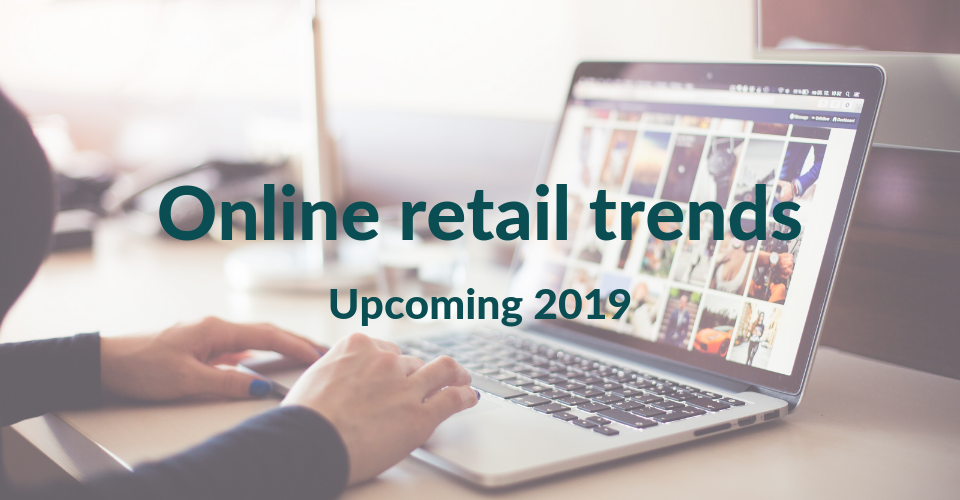Online retail is continuing to grow during the recent years as the result of incredible breakouts of modern technology. The evolutions of mobile devices, social networks, ecommerce platforms, etc. bring both advantages and challenges to retailers, who need to prepare carefully to adapt with changes and take the leads in the competitions. When the 2018 is coming to end, let’s see which will change the game in the upcoming 2019 from the 22 predictions about the new online retail trends. All these 22 ecommerce predictions are divided into 3 sections, they are Technology will innovate the new retail trends, Online retail will be oriented by customer behavior, and Who will change in the developments.
Overview
Technology will innovate the new retail trends
1 – AR and VR take advantages
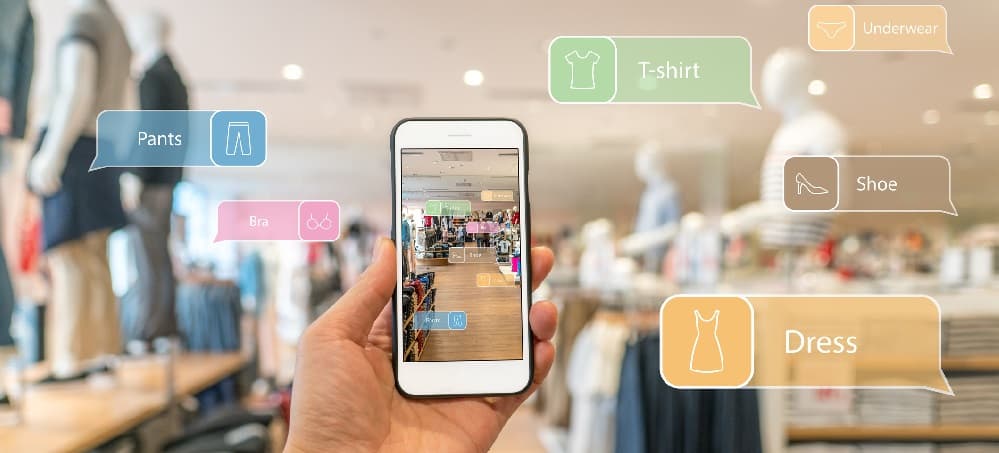
AR is Augmented Reality and VR is Virtual Reality. AR and VR have already shown their potential in 2018 with many famous brand such as IKEA, Samsung, or Amazon. These technologies help customer to view and try products on their devices before making decisions to buy. AR and VR bring real customer experience especially for online retails who are selling home decors, furnitures, clothes, cosmetics, etc. Many brands are investing to develop AR and VR, now Amazon and Samsung are the two giants who are leading the development.
2 – Voice technology drives more sales

Have you ever heard about the term “voice commerce”, it refers to the transactions that occur when customers purchase products by voice. Huge development of voice technology allows people to search, select and purchase by talking with their devices and it is used by 41% customers of Amazon Echo and Google Home in the 2017. And there will be 50% of total searchers will use voice search in 2020.
3 – SaaS solutions lead the retail trends
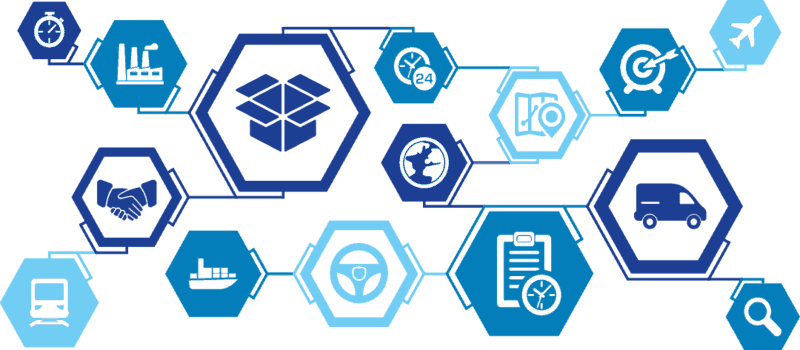
SaaS stands for Software as a Service solutions, they are becoming the best choice for online retailer because most of ecommerce platforms are not very flexible, the operations are pretty slow and business owners would find it hard to scale up their sale volume. SaaS solutions run separately on cloud and independent from the on-premise system. Therefore, they are stable, flexible and scalable at the reasonable price. In order to use a SaaS solution, website owners have to agree to pay monthly or yearly subscription instead of on-time payment as on-premise solutions. However, SaaS is one of the most significant movements in modern online retail trends, retailers have to follow it or accept to be left behind.
4 – Modern delivery in retail ecosystem
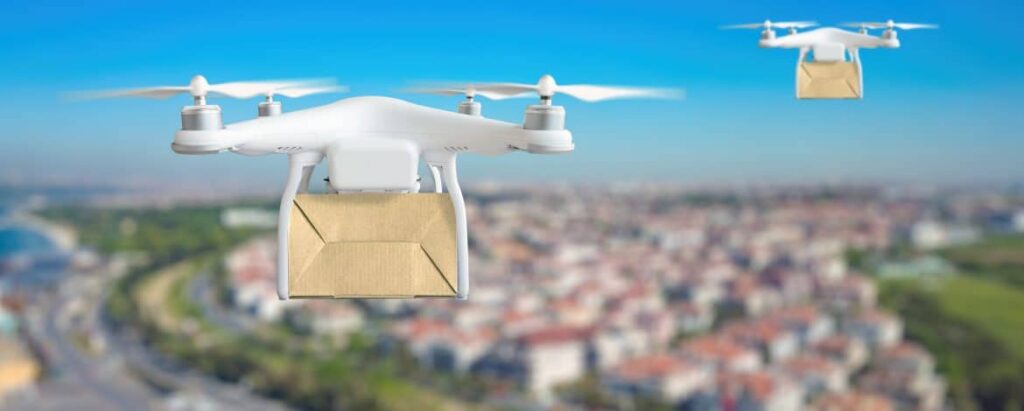
Another ecommerce predictions for 2019 online retail trends is the transformation in delivery services. Amazon starts to use drones to ship products in England, or with traditional shipping methods, companies have some new options to operate the services such as subscription based delivery. Customer experience in delivery services would be improved remarkably with 2-hours shipping or in-day shipping, and cross-channel purchases are also served. This trend will be encourage more in the 2019 with the support from modern technologies, which bring the smooth operation and detailed management for high sale volume.
5 – Easy mobile checkout
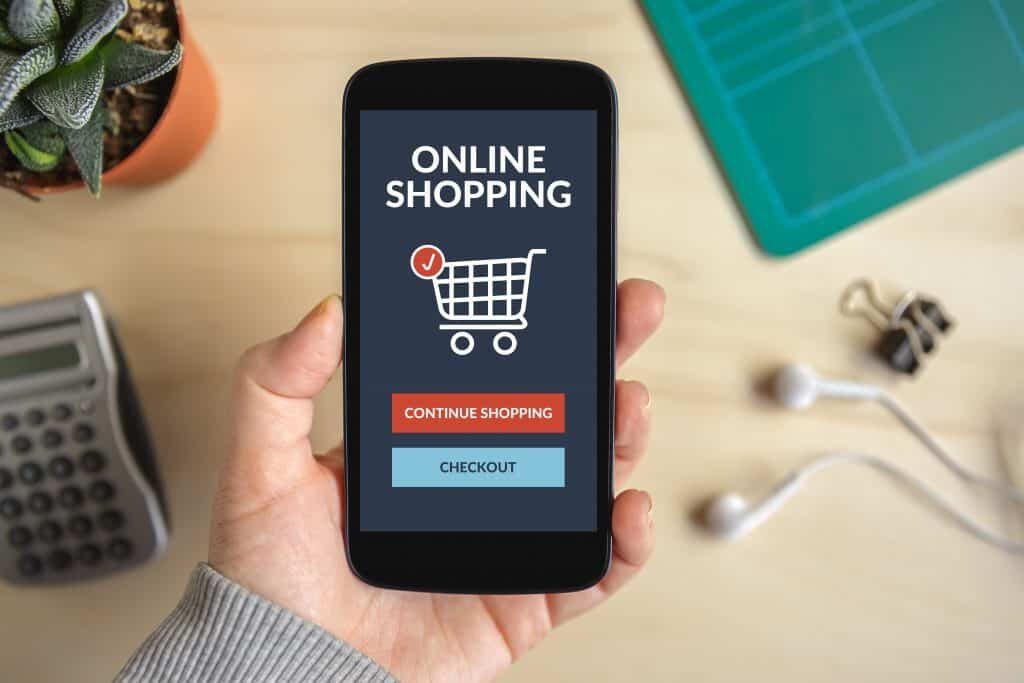
The principles about Mobile-First are popular for many years, and there is a prediction for ecommerce in 2022, smartphones will account for 175.4 US dollar in sales and they will keep leading the retail trends. Therefore, if retailers want to grow revenue, the most significant task is optimizing mobile experience, especially the checkout process. The average cart abandonment rate for all devices in 2017 is around 79%, and 28% of cart abandonment is because of complicated checkout. In order to make good experience on mobile, the checkout process need to be done within one page, which requires autofill function and don’t force customer to register if it is not really necessary.
6 – More interactive chatbots
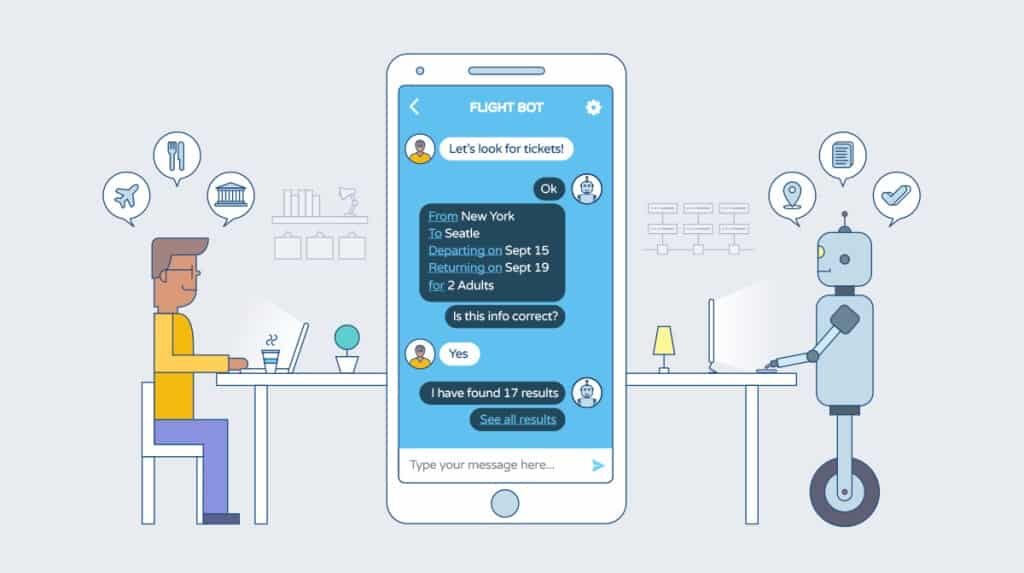
In 2019, the modern chatbots with AI integrations will help to improve conversion rate significantly. They can talk to customer under different scenarios naturally by the pre-configurations to consult, qualify leads, and close deals, as well as to collect accurate insights for merchants to make right decisions.
►►►► Please visit our products: digital banking, situation analysis, Shopify markets, Vietnam Photography Tour, Photography Tour Guide Viet Nam, supply chain operations management, fintech ai, Multi Store POS, Woocommerce POS, Mobile POS, White label POS, POS Reseller, Beauty Supply Store POS, Retail POS and Vape shop POS
7 – Challenges for website optimization

Speed improvement for ecommerce websites are always the big challenge for technical teams. The mission would be more difficult in the 2019 with a lot of requirements for back-end features like fulfillment, delivery, and inventory management, or high-quality front-end content like AR & VR, video, chatbots, etc. Moreover, all of them need to work smoothly on mobile devices. Voice search is also change the way SEO is executed. So who take the lead in website optimization will take the lead in the online retail trends.
Online retail will be oriented by customer behavior
8 – Customized experience
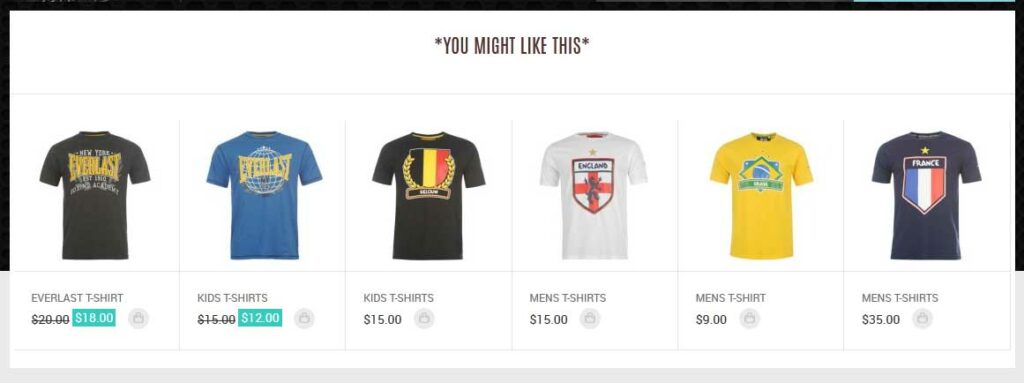
Wishlist and Collections are good examples for customized experience. These kinds of data reflect interests and behaviors of customers for merchants to provides the right activities. 45% customers prefer to buy from stores that have recommendations, and 56% of them will return.
9 – Multi-channel funnels
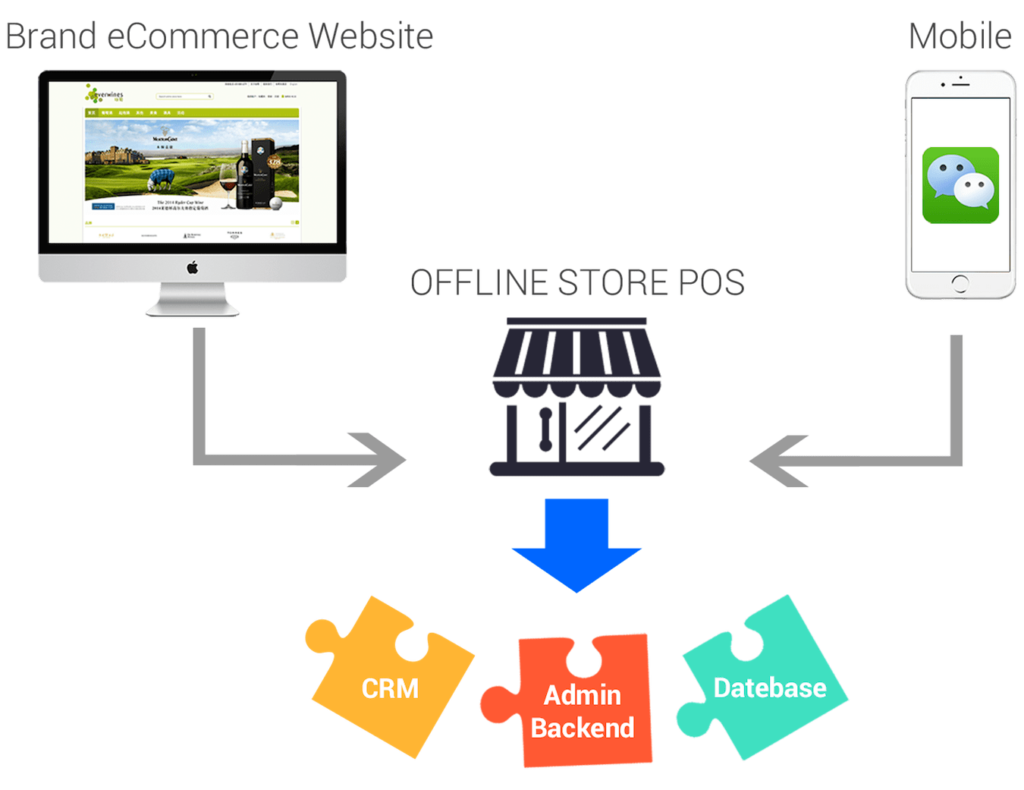
Omnichannel retail is the main concept for ecommerce trends 2019, which requires multi-channel marketing and multi-channel interactions to sell products. Study shows that multi-channel communications have 166% higher engagement than single-channel campaigns. The most difficult task for merchants in Multi-channel funnels is content management, it is important to make sure the coherence of messages through different channels.
10 – Social Shopping – better ecommerce experience
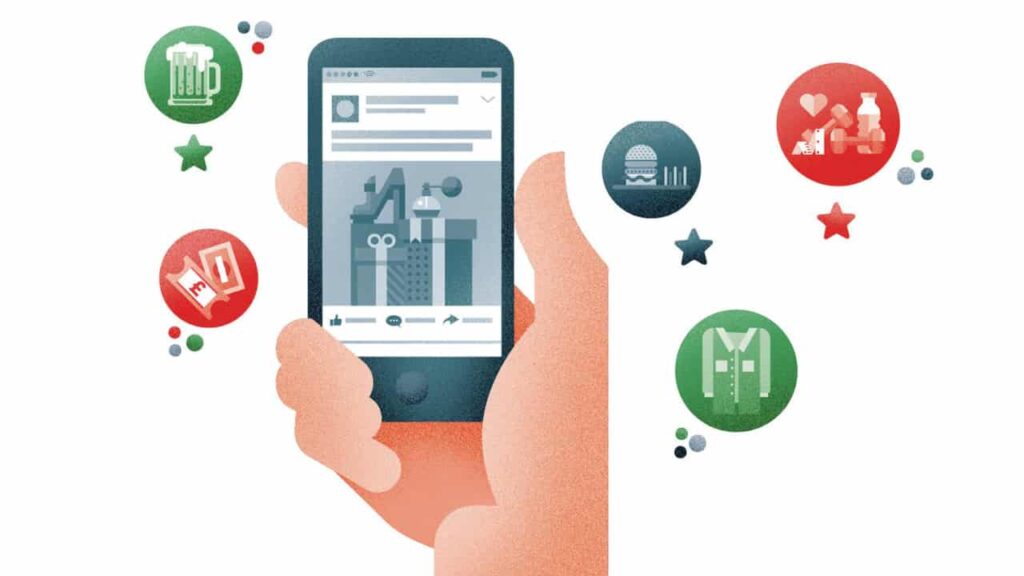
In the new ecommerce trends, social networks are not simply the huge traffic sources anymore. Now brands can sell their product via Facebook, Snapchat, or Instagram easily with cool features for ecommerce on these platforms. Approach and close sales when customers are relaxing on their personal networks would be the most friendly way to sell product.
11 – Customer service automation

42% of retail customers continue to buy more after receiving good customer services, and 52% of unsatisfied customer stop to return to the stores. Moreover, with more channels to sell products with complicated delivery systems, there will be huge pressure on customer services in 2019. That’s why technologies should be applied to replace manual customer support. Prediction for ecommerce in 2020 is there will be 85% of customer interactions conducted without human.
12 – Content marketing take advantages

Content marketing is overused in recent years, but it doesn’t mean content marketing has performed as the best way to reach customer. 82% of marketer believe that they understand customer and always tell the story that customer want to hear, whereas only 23% consumers think they are ok with the content from brands. Retail trends in 2019 which are controlled by modern technologies for data and insight analytics will see the higher levels of selling content.
13 – Consumers care about reliability

Customers always find the retail brand that they can trust, not only by product quality, but also by brand images. The following numbers would present some key facts for the next retail trends:
- 33% of consumers choose to buy from companies who do environmental and social good
- 75% customers are willing to share their personal data with the brands they trust, and 82% of them will not buy from brands who cannot protect the data safety
- 63% of global customer would buy from a company that they are considering to be authentic
14 – Key strategies for advertisement

There are two crucial strategies to do advertising, which are video advertising and influencers. Micro influencers, who have big number of followers on social networks but not to be a celebrities, are the most effective channels. Over 70% of consumers can be influenced by who they admire.
15 – Mobile App is must-have
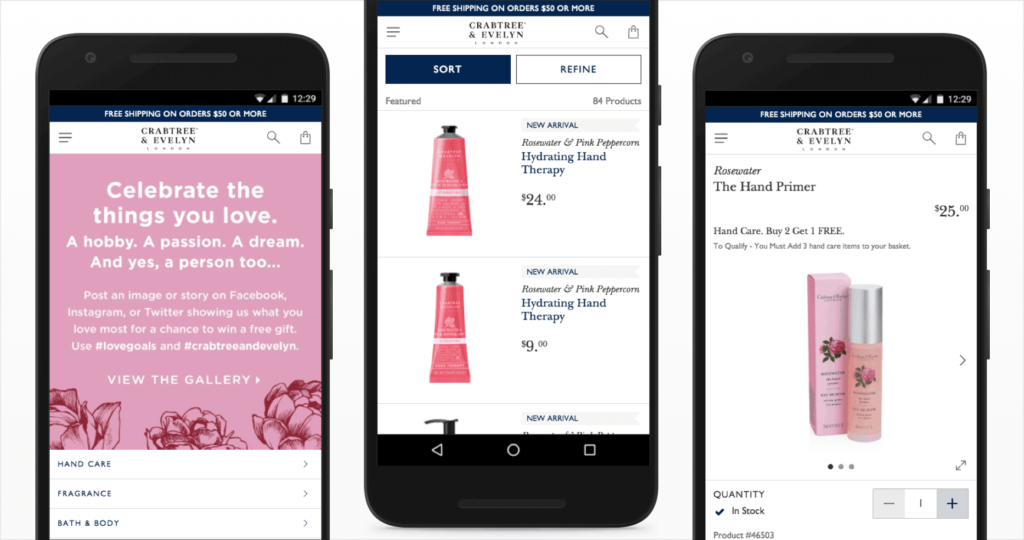
In retail industry, mobile apps is more effective than email and messages in reminding, pushing promotion, or cross-sales, etc. It also helps to create personalization and provide great data for CRM and customer insights. Most of ecommerce brands now have mobile apps, and 2019 will be the time for the big competition in customer experience.
Who will change in the developments
16 – Direct-to-Customer continue to grow
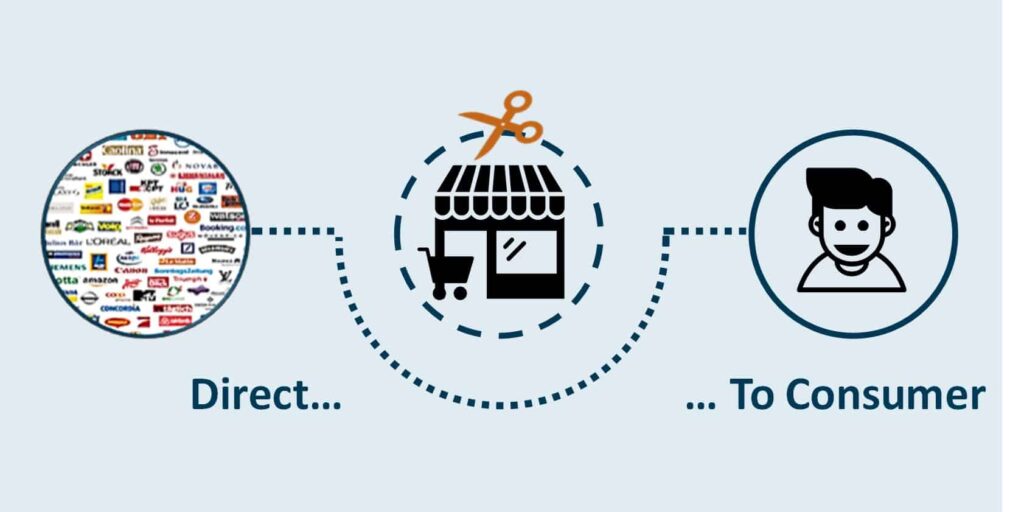
Companies who are in D2C, direct-to-customer, business model will grow rapidly in 2019 and they would be the most dynamic and agile entrepreneurs in the upcoming retail trends. The D2C model cut out some distribution steps in wholesale models, and products would be sold directly from manufacturers to customers. D2C ensures the tightly controlled brand experience from the beginning to end, and save money for customers thanks to the shortened supply chains.
17 – Subscription model in Ecommerce

Subscription based service is also the new model in modern ecommerce trends. Actually subscription is not the new concept in digital business, however it is the new way in monetizing in retail industry. Blue Apron is a typical example for this kind of retail, let’s check how they are doing with subscription service.
18 – Online retail is followed by B2B ecommerce
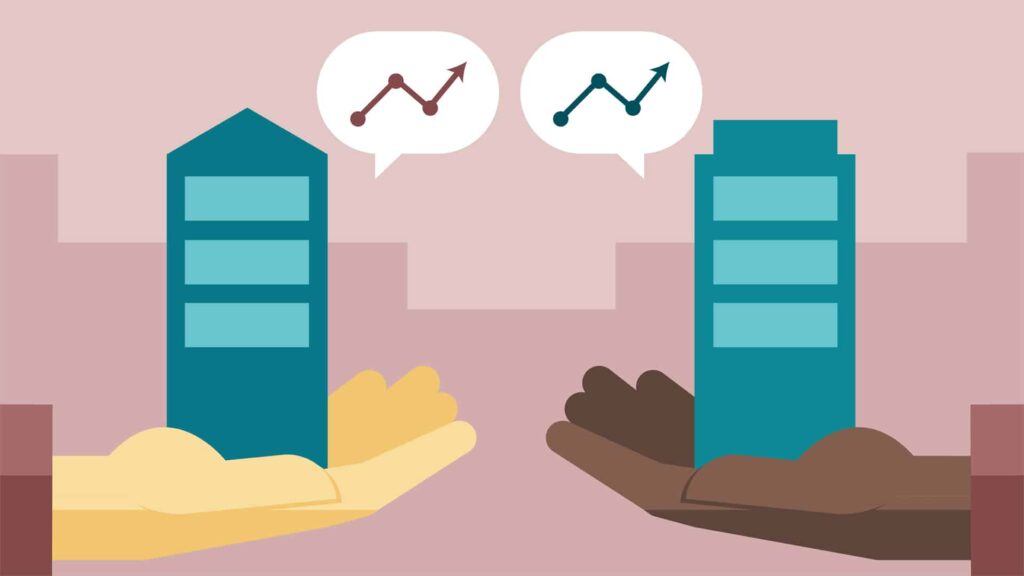
Revenue of B2B ecommerce reach 5 trillion USD in 2017 and it is expected to grow to 6.7 trillion USD in 2020. Go along with the incredible growth of B2C retail, B2B ecommerce also has the same movement to ensure the capabilities of serving huge sale volumes for brands. There are 2 key factors that lead to the increase in B2B revenue, which are the support from high-tech solutions and the principle: never compete with customers from great B2B companies.
19 – Dropshipping would be more risky

The 2018 observes a lot of changes from Facebook, Amazon, Shopify, and stricted regulations from Paypal, Stripes to limit and manage the dropshipping market better. Therefore, big merchants who run dropshipping for long time and have good reputation will become stable and find it easy to keep moving in dropshipping. However, for new merchants who are starting to attend the market, there would be much more risks for them in comparison with the previous years. So it would be no surprise if the development of dropshipping goes down when most of the retail trends go up.
20 – Physical stores have new roles
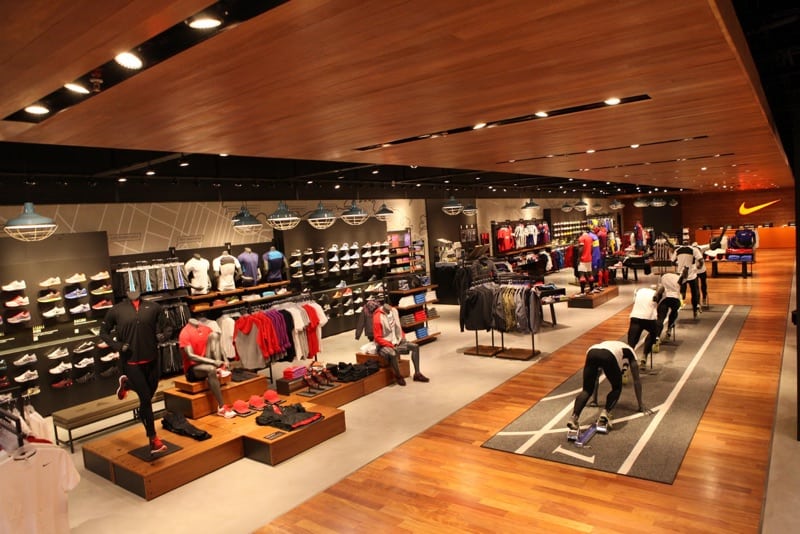
With expensive items, purchasing at brick-and-mortar stores bring more security to 82% of UK customers, and the numbers are similar at many other countries in Europe. In additions, with the rising of Omnichannel Retail, physical stores will take important roles in product showcase, shipping, promotions or customer services.
21 – Omnichannel Ecommerce

Omnichannel ecommerce is rising because online retail cannot overwhelm in-store shopping. During the development of ecommerce, consumer behaviours are divided into 2 segments which are 51% of shoppers prefer online purchases and 49% of shoppers feel better in physical stores. So Omnichannel will continue to be more complete as the main retail trend in 2019.
22 – Payments and Cashback
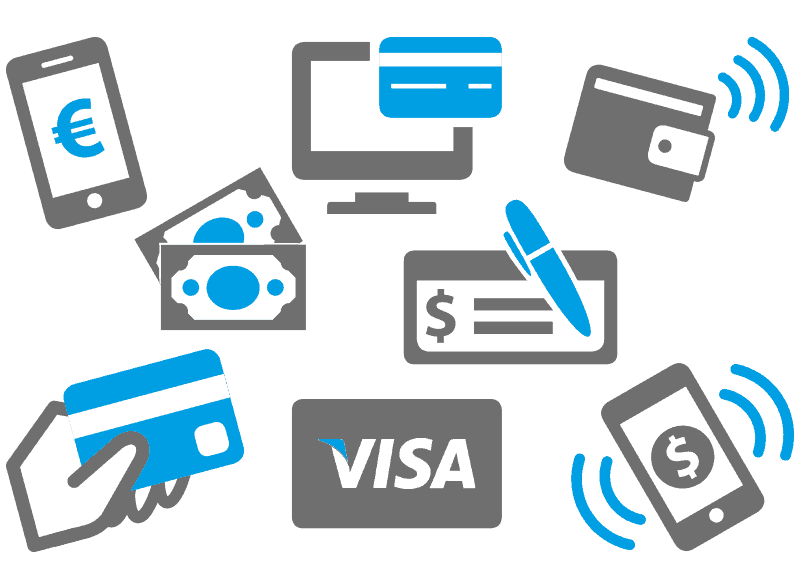
Now customers have plenty of payment methods to use and with the rising of cryptocurrency and many new payment gateways, the landscape of payment services would be much more diverse in 2019. In order to compete with others, payment services are starting to offer cashback function, a tiny amount of money would be sent to buyers as a small saving, it could be good benefit to encourage consumers to buy more.
